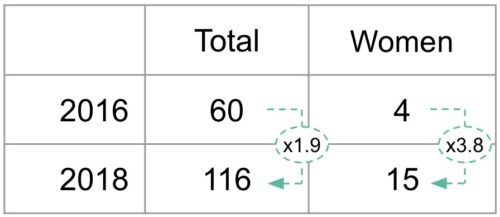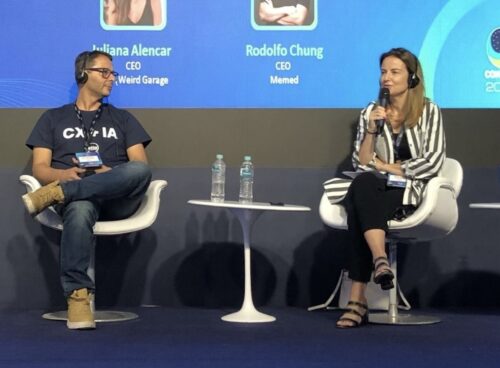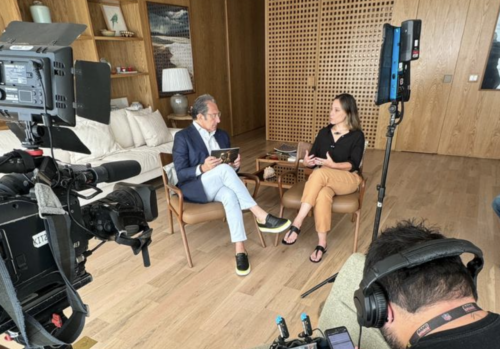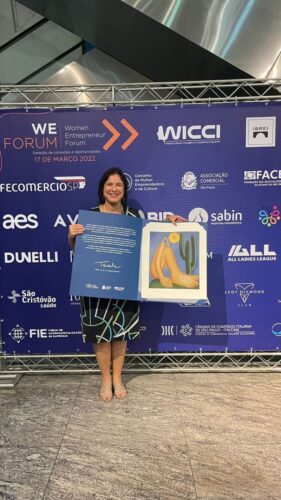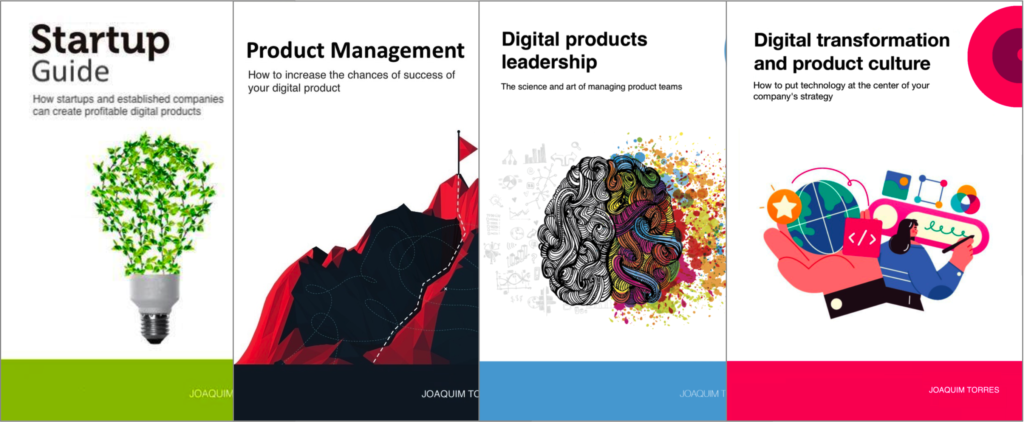
Ecosystem Mindset
17 de September, 2024
Tools
2 de October, 2024Last week, a well-known Brazilian entrepreneur was asked: “If your wife were the CEO of a large company, would you be engaged?” He responded by saying, “God forbid a woman CEO,” adding that “this is not the best use of feminine energy” and that “the greatest benefit of a woman” is “using feminine energy in the right places, home and family.”
This post had a huge impact on the Brazilian professional community, which resulted in this entrepreneur stepping down from a company board, resigning as CEO of his own company, and placing a woman as CEO of that company.
The lack of gender equity is a vital topic for me. Gender equity considers the differences in needs and circumstances of each gender, ensuring everyone has the same opportunities for success. Equity focuses on providing the necessary support to achieve this balance.
As I have written, diversity is the foundation of the best products. When I led product development teams, which typically have more men, I sought to create space for more women on those teams and more female leaders.
Between 2016 and 2018, the total number of employees at Conta Azul almost doubled, from 60 to 116, while the number of women increased almost fourfold, from 4 to 15. At Gympass, between September 2018 and August 2019, the total number of employees increased by 2.5 times, while the number of women grew by 3.6 times, and the number of women in leadership positions quadrupled from 1 to 4.
To draw attention to this lack of equity, I have been intentionally writing and speaking in the feminine since Portuguese is not as gender-neutral as English: the customer (a cliente), the product manager (a gestora de produto), the leader (a líder), and the CEO (a CEO).
I have an 18-year-old daughter, and I have always been concerned about the inequalities faced by women. Now that she is about to get her driver’s license, I feel even more concerned about her driving alone at night, something I might not feel the same way about if it were my son. This difference in sentiment is not due to a lack of confidence in her but because we know that, unfortunately, the world still does not offer the same level of security for women.
I recently read Invisible Women by Caroline Criado Perez, which discusses how, historically, the data used to create policies, products, and services ignores women’s needs and realities.
A simple example: women’s and men’s public bathrooms are usually the same size, but women tend to take longer, whether for physiological reasons or for specific needs such as changing clothes, childcare, or menstruation. This clearly indicates that women’s needs are often not fully considered.
Our role is to create environments where women have more visibility, opportunities, and voice and they can increasingly be protagonists.
In the product area, we have the incredible work of Women in Product led by the incredible Jacqueline Yumi Asano. I would also like to express my admiration for three fantastic CEOs with whom I have recently worked in my consulting work: Marcela Quint, CEO of Aurum; Juliana Carsoni, CEO of Juntos Somos Mais; Mariana Sensini, General Manager of footbao and Juliana Freitas, CEO and founder of FortBrasil.
We still have a long way to go to achieve true gender equality; this change is our responsibility. I will continue to promote this change, and I invite you to do the same in our personal and professional lives.
Workshops, coaching, and advisory services
I’ve been helping companies and their leaders (CPOs, heads of product, CTOs, CEOs, tech founders, and heads of digital transformation) bridge the gap between business and technology through workshops, coaching, and advisory services on product management and digital transformation.
Digital Product Management Books
Do you work with digital products? Do you want to know more about managing a digital product to increase its chances of success, solve its user’s problems, and achieve the company objectives? Check out my Digital Product Management books, where I share what I learned during my 30+ years of experience in creating and managing digital products:
- Digital transformation and product culture: How to put technology at the center of your company’s strategy
- Leading Product Development: The art and science of managing product teams
- Product Management: How to increase the chances of success of your digital product
- Startup Guide: How startups and established companies can create profitable digital products


